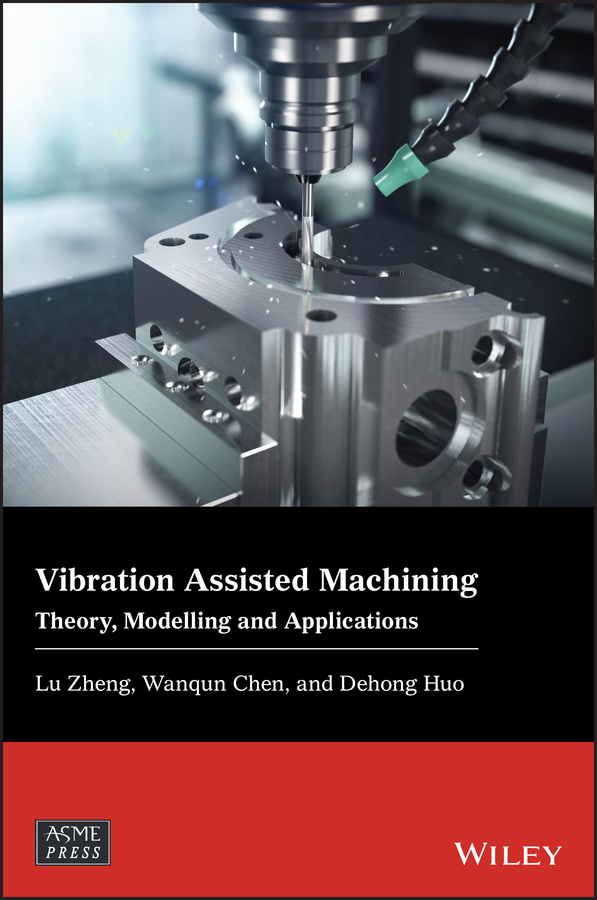<p><b>The first book to c</b><b>omprehensively address the theory, kinematic modelling, numerical simulation and applications of vibration assisted machining</b> </p> <p><i>Vibration Assisted Machining: Theory, Modelling and Applications</i> covers all key aspects of vibration assisted machining, including cutting kinematics and dynamics, the effect of workpiece materials and wear of cutting tools. It also addresses practical applications for these techniques. Case studies provide detailed guidance on the design, modeling and testing of VAM systems. Experimental machining methods are also included, alongside considerations of state-of-the-art research developments on cutting force modeling and surface texture generation. </p> <p>Advances in computational modelling, surface metrology and manufacturing science over the past few decades have led to tremendous benefits for industry. This is the first comprehensive book dedicated to design, modelling, simulation and integration of vibration assisted machining system and processes, enabling wider industrial application of the technology. This book enables engineering students and professionals in manufacturing to understand and implement the latest vibration assisted machining techniques. Highlights include: </p> <ul style=”margin-bottom: 0in; font-size: medium; margin-top: 0in; user-select: text; -webkit-user-drag: none; -webkit-tap-highlight-color: transparent; cursor: text; overflow: visible;” type=”disc”> <li style=”margin: 0in; font-size: 11pt; font-family: Calibri, sans-serif; vertical-align: baseline; user-select: text; -webkit-user-drag: none; -webkit-tap-highlight-color: transparent; cursor: text; overflow: visible;”>Comprehensive coverage of the theory, kinematics modelling, numerical simulation and applications of vibration assisted machining (VAM) </li> <li style=”margin: 0in; font-size: 11pt; font-family: Calibri, sans-serif; vertical-align: baseline; user-select: text; -webkit-user-drag: none; -webkit-tap-highlight-color: transparent; cursor: text; overflow: visible;”>Case studies with detailed guidance on design, modelling and testing of VAM systems, as well as experimental machining methods </li> <li style=”margin: 0in; font-size: 11pt; font-family: Calibri, sans-serif; vertical-align: baseline; user-select: text; -webkit-user-drag: none; -webkit-tap-highlight-color: transparent; cursor: text; overflow: visible;”>Discussion of state-of-the-art research developments on cutting force modelling and surface texture generation </li> <li style=”margin: 0in; font-size: 11pt; font-family: Calibri, sans-serif; vertical-align: baseline; user-select: text; -webkit-user-drag: none; -webkit-tap-highlight-color: transparent; cursor: text; overflow: visible;”>Coverage of the history of VAM, its current applications and future directions for the technology </li> </ul> <p><i>Vibration Assisted Machining: Theory, Modelling and Applications</i> provides engineering students, researchers, manufacturing engineers, production supervisors, tooling engineers, planning and application engineers and machine tool designers with the fundamentals of vibration assisted machining, along with methodologies for developing and implementing the technology to solve practical industry problems. </p>
Mechanical engineering and materials, Physics
Vibration Assisted Machining
Original price was: ₹11,228.00.₹8,421.00Current price is: ₹8,421.00.
Theory, Modelling and Applications
This book is currently not in stock. You are pre-ordering this book.

